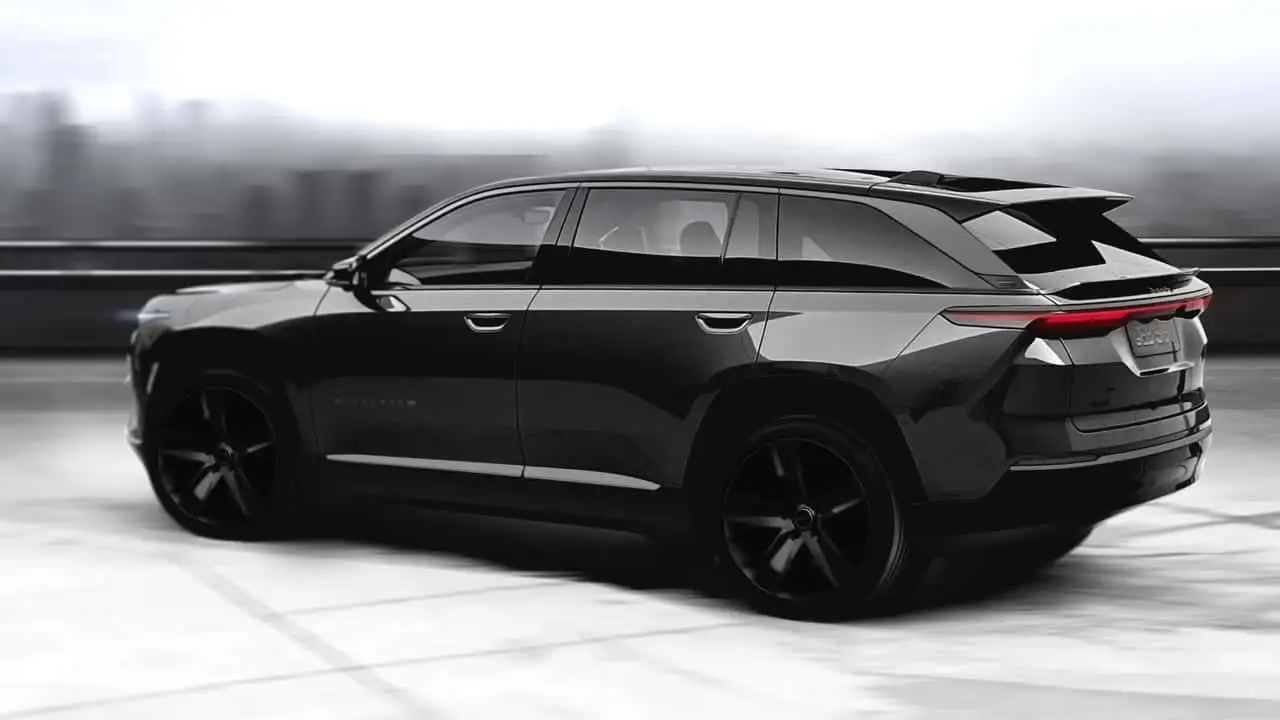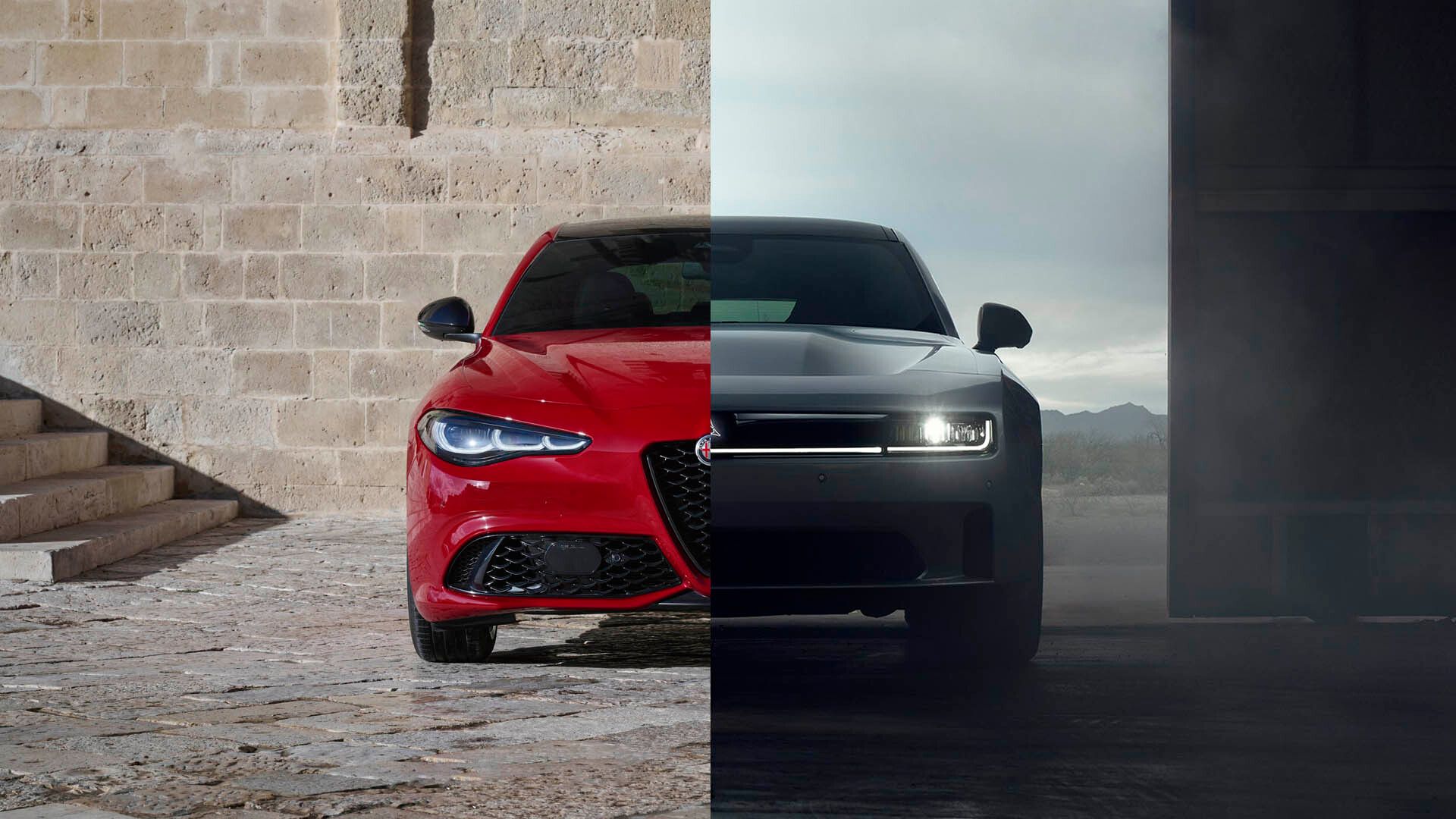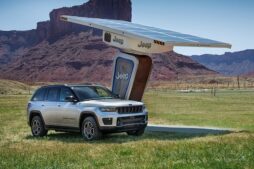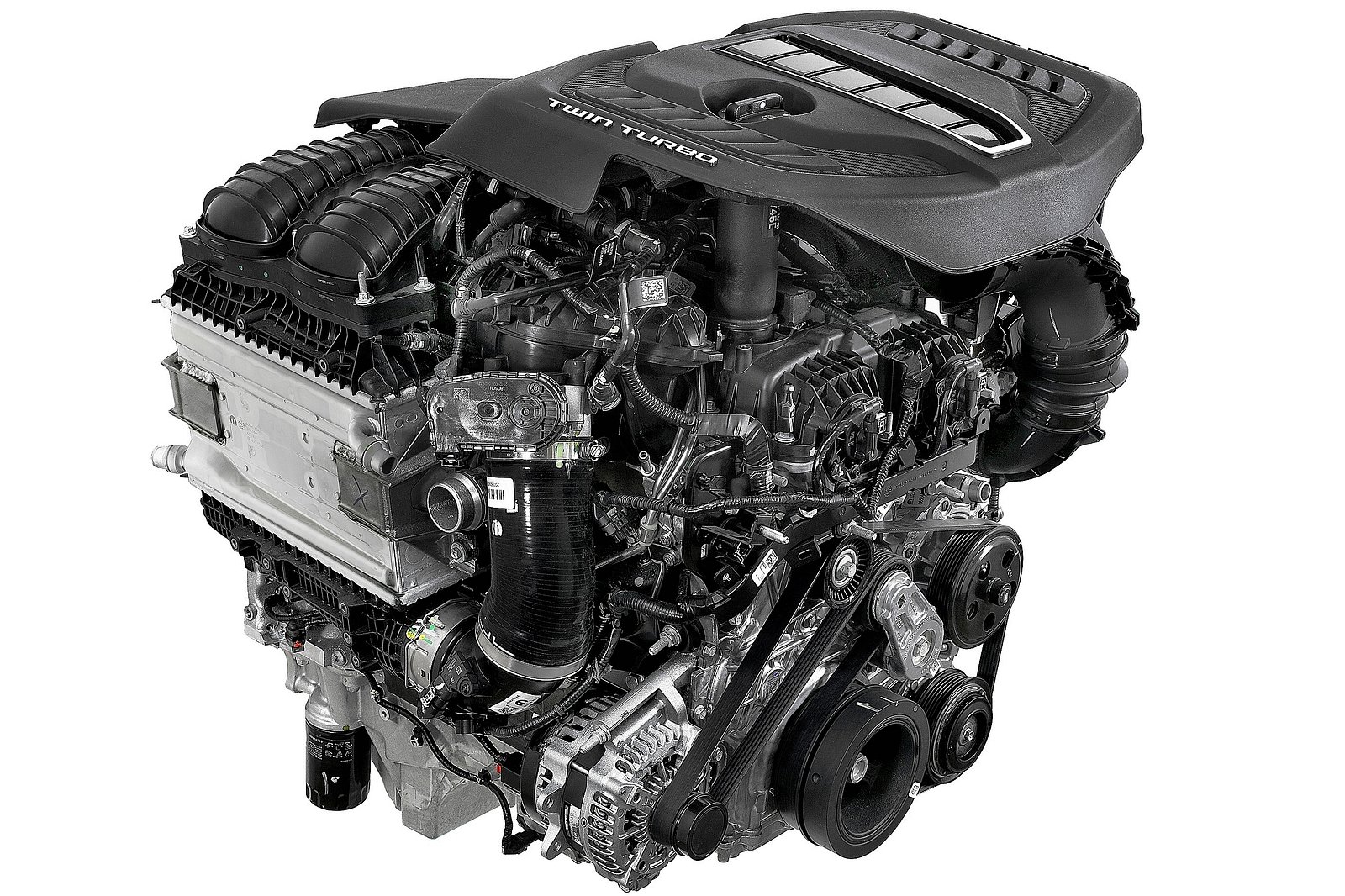Natalie Knight, CFO, Stresses Platform Flexibility Amid EV Revolution Possibility
Stellantis has ambitious objectives to transition to a fully electric passenger vehicle range in Europe by 2030, with a target of 50 percent in the United States. This is at the core of the conglomerate’s Dare Forward 2030 strategy, and despite the slowdown in EV adoption in the US, they are determined to keep pushing forward. However, this does not imply that the company will cease producing combustion-engine cars if there is demand from consumers.
That’s the conclusion reached in a recent study by WardsAuto, where Stellantis Chief Financial Officer Natalie Knight discusses the ability to manufacture traditional vehicles using electric platforms. While flexibility has been mentioned before by Stellantis executives, this report offers a more comprehensive perspective. Essentially, if there is a market demand for a traditional version of an electric vehicle, Stellantis is willing to produce it.

According to WardsAuto, she stated, “I don’t want to ignore the fact that we want to stay close to the consumer, and if we see there’s an opportunity with those models that we introduced as a BEV first, we’ll look at that.”
Even though Stellantis is aiming for an all-electric future, they have developed new STLA platforms that can support electric or combustion powertrains. The company views this as a strategic move, and understandably so. With the shift in the automotive sector from combustion engines to electric vehicles, having this flexibility is definitely advantageous. However, it raises an important question. What if by 2030, 75 percent of consumers in the US prefer combustion engine cars? Would this surpass the 50 percent goal set in Dare Forward 2030?
Although the future remains unclear, a representative from Stellantis has assured us that the company has no current plans to alter or review its 2030 objective. The goal is to have electric vehicles account for 50 percent of sales in the US and 100 percent in Europe. While electric vehicle sales are thriving in Europe, the situation is not as positive in the US, with certain models outperforming others. With 2030 looming just six years ahead, unless there are substantial changes in the automotive industry, convincing American consumers to buy a new-car lineup that is 50 percent electric could prove to be challenging.
Source: WardsAuto







helloI really like your writing so a lot share we keep up a correspondence extra approximately your post on AOL I need an expert in this house to unravel my problem May be that is you Taking a look ahead to see you
Thank you for this enlightening post. It’s been packed with information , and provided a lot of useful information. If you’re looking to learn more about the world of viral real estate SEO, be sure to visit https://www.elevenviral.com for more information.